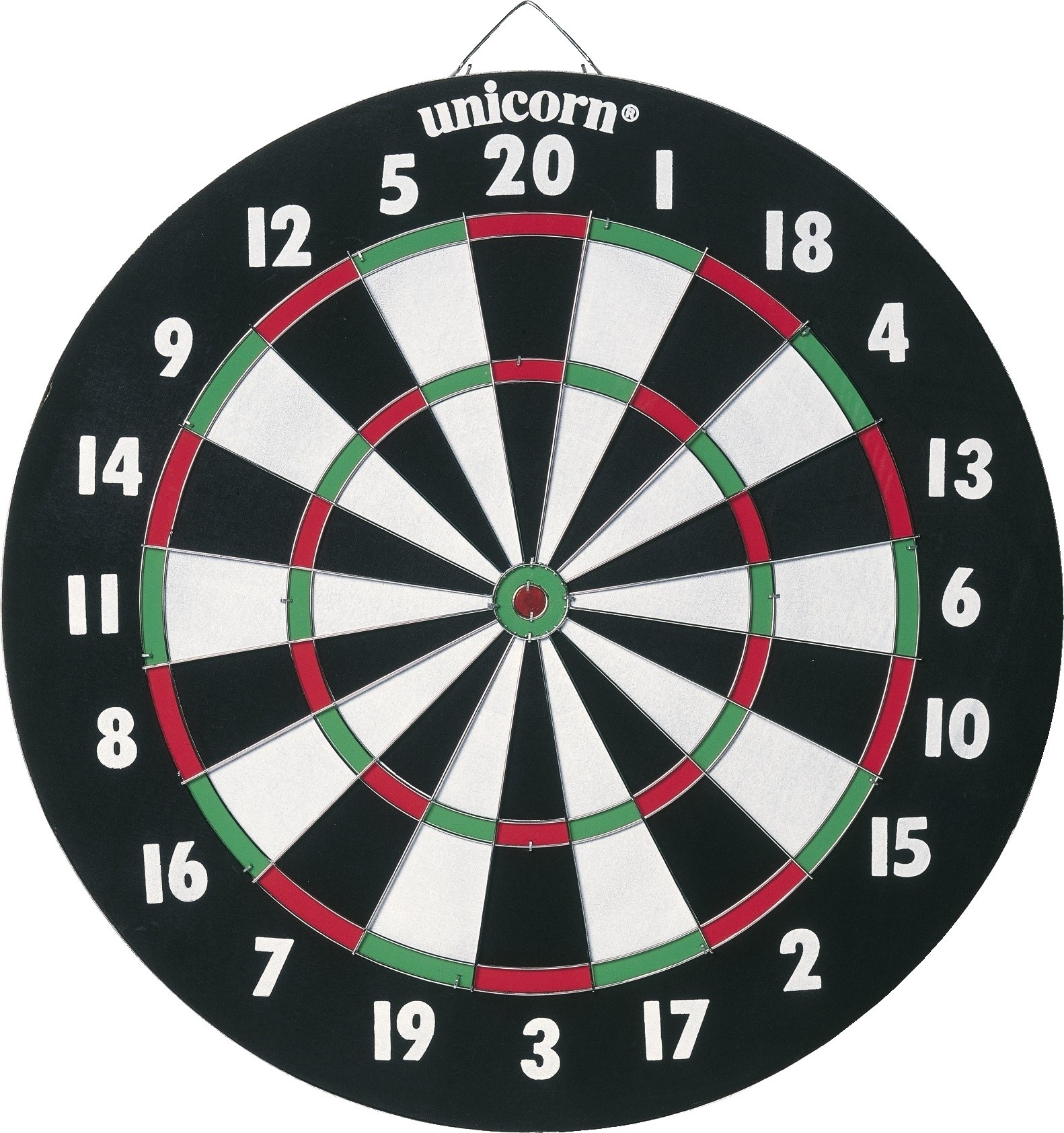Bull's-eye!

As per British Darts Organisation (BDO), the standard dart board used in international competitions has an overall diameter of 4 5 . 1 cm , and an inner bull's-eye (red circle in the center) diameter of 1 2 . 7 mm .
Assuming that all shots fall within the dart board area, what is the expected number of attempts needed for the player to hit the inner bull's-eye area once?
Round off your answer to the nearest whole number.
The answer is 1261.
This section requires Javascript.
You are seeing this because something didn't load right. We suggest you, (a) try
refreshing the page, (b) enabling javascript if it is disabled on your browser and,
finally, (c)
loading the
non-javascript version of this page
. We're sorry about the hassle.
2 solutions
i also did in the same way
Did the same, dude. Cannot understand why it is level 4 hhahaha whatever simple one (451/12.7)^2
Nice solution. :)
This all assumes the dart player has no skill.
Let H be the event of hitting the bull's-eye, N be the event of no-hit.
The probability of H (i.e. bull's-eye at trial 1) is 4 π ( 4 5 1 ) 2 4 π ( 1 2 . 7 ) 2 ≈ 7 . 9 2 9 7 × 1 0 − 4 . [Note: The dimensions should be of the same units !]
Similarly, the probability of N is 1 − 7 . 9 2 9 7 × 1 0 − 4 ≈ 0 . 9 9 9 2 .
Now, the probability of the sequence NH (i.e. bull's-eye at trial 2) is ( 0 . 9 9 9 2 ) ( 7 . 9 2 9 7 × 1 0 − 4 ) ,
The probability of the sequence NNH (i.e. bull's-eye at trial 3) is ( 0 . 9 9 9 2 ) 2 ( 7 . 9 2 9 7 × 1 0 − 4 ) ,
The probability of the sequence NNNH (i.e. bull's-eye at trial 4) is ( 0 . 9 9 9 2 ) 3 ( 7 . 9 2 9 7 × 1 0 − 4 ) ,
... and so on.
We can show that this forms a probability distribution, since k = 1 ∑ ∞ ( 0 . 9 9 9 2 ) k − 1 ( 7 . 9 2 9 7 × 1 0 − 4 ) = 1 Therefore, the expected value is E ( X ) = k = 1 ∑ ∞ k ( 0 . 9 9 9 2 ) k − 1 ( 7 . 9 2 9 7 × 1 0 − 4 ) = 7 . 9 2 9 7 × 1 0 − 4 1 ≈ 1 2 6 1
Relevant wiki: Expected Value
The probability P of hitting the bullseye is the ratio of the area of the whole board and the bullseye. So P = 4 5 1 2 1 2 . 7 2 . We can reformulate the question to when is the expected value of hitting the board equal to 1. This leads to P × n = 1 ⇒ n = P 1 = 1 2 . 7 2 4 5 1 2 ≈ 1 2 6 1